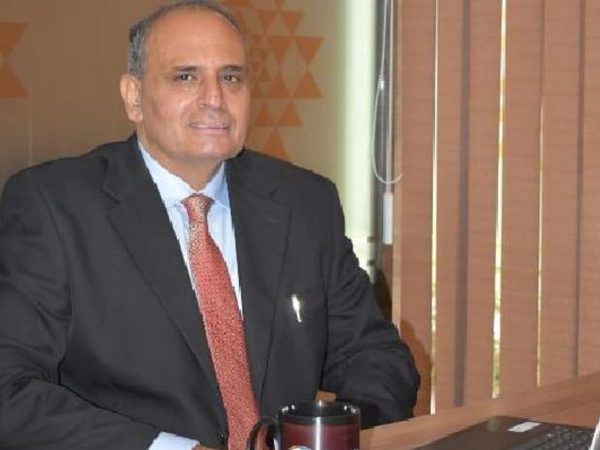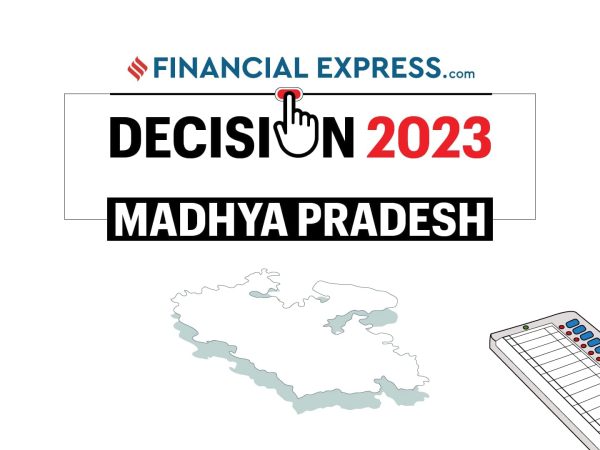Nifty may hit 15,700, Sensex seen at 52,000 in 2021; Sanjiv Bhasin tells top stocks to buy | IIFL INTERVIEW
Indian share markets are ruling at record high levels on the back of newsflow related to COVID-19 vaccine rollout. Sanjiv Bhasin, Director at IIFL Securities Ltd, said that investors must stay invested as BSE Sensex and Nifty 50 have been hitting record levels almost every other day. In an interview with Surbhi Jain of Financial Express Online, Sanjiv Bhasin said that he is overweight on cement, pharmaceuticals and construction sectors stocks. He maintains a bullish view on the stock market, and expects Sensex to hit 52,000 in this new year. While trading in an all-time high market, Bhasin advises investors to keep systematic investment plans (SIP) as corrections can’t be ruled out.
1. What should be the investment strategy when markets are at all-time highs?
2. Keeping the current share market scenario, where is Bank Nifty headed in 2021?
Bank Nifty was the big underdog with a global consensus of underperformance as NPA’ would rise. However, in Indian context, large banks raised money at low cost during the peak which is now reflecting in their bottom lines. We expect bank Nifty to scale new highs with a target of 34,000 in 2021.
3. Growth or value investing, which according to you offers higher returns over the long-term?
Both are going in tandem, however, this year may be different as after almost 4 years value is making a huge comeback with select PSUs seeing huge catch up after 4 years. 2021 may belong to value as corporate profitability shows growth with value doing better. However, longer-term growth has out beaten value and may continue.
4. Where do you see BSE Sensex and Nifty 50 next year? What are your overweight and underweight sectors for 2021?
BSE Sensex at 52,000 and Nifty 50 index at 15700. The overweight sectors are cement, pharma and construction, while underweight sectors are metals and cyclicals.
5. Amid ongoing TCS and Wipro share buyback, what should investors do- tender or hold on to shares?
Take advantage of the arbitration opportunity given by the buyback, however, do not lose sight that these have been huge wealth creators in the past and may continue to outperform
6. Which investment option do you prefer- Mutual funds or direct equity?
Both will work in bull markets, however, may see the return of mutual funds as fund flows increase and markets get more broad-based.
7. Which sectors may outperform in 2021 and what are you preferred stocks?
Sectors that may outperform in the new year are pharmaceuticals, cement and construction. The top stock picks are ACC (Rs 2000), Ambuja Cements (Rs 315), Godrej Properties (Rs 1700), NBCC (Rs 50) and Sun Pharma (Rs 750).











Recent Comments